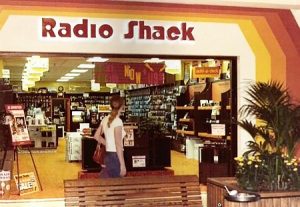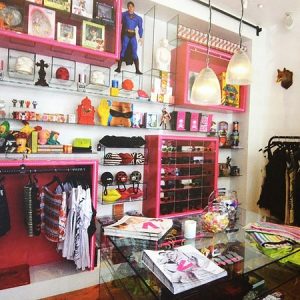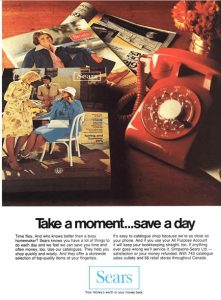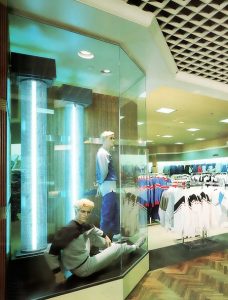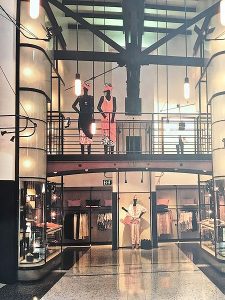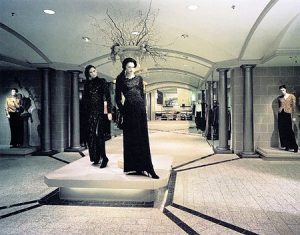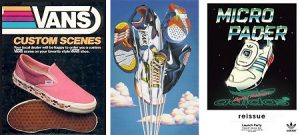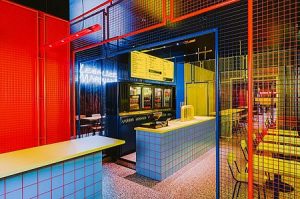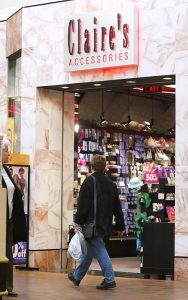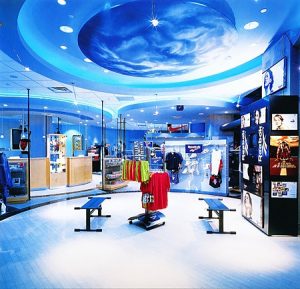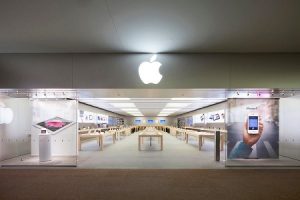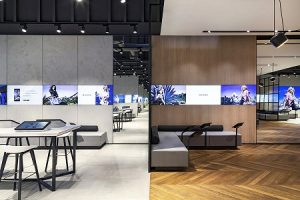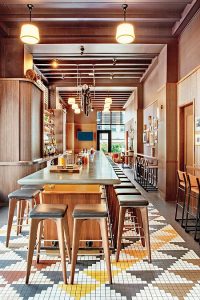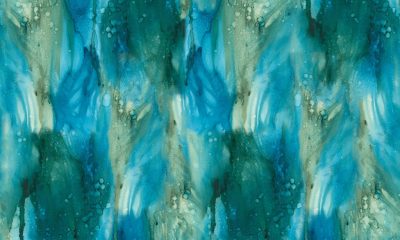The start of a new decade is always significant. The past 50 years have brought many trends that have come and gone but have seem to come back through strong influences of the World’s geo-political, economic, and sustainability. As 2020 has just begun, we want to analyze retail design trends of the past 50 years and examine what trends are likely to come next.
Innovative 1970’s
The 1970’s was an interesting time for the world. Advancements in technology, innovations in pop culture and geopolitical unrest led to new ideals that opened the minds and expanded the creativity of consumers during this time.
Advertisement
The environmental movement was reflected in design through Earth-toned color palettes including, orange, green, brown, yellow, and blue. The use of greenery in design was not uncommon either.
Terrazzo became a popular material for retail space and is still popular to this day. The speckled marble like material added a sophisticated and colorful effect to the retail design space that could be used for both counters and flooring in stores.
Furnishings and lighting utilized sleek and modern geometric shapes that created a futuristic feeling. Common materials for furnishings included vynal, plastic and Scandinavian style wood pieces. Accents of chrome and brass added to the futuristic effect.
The first type of omni-channeling also originated in this decade. Colorful catalogs and the introduction of home shopping networks on new color TV sets allowed consumers to browse products at home and place an order over the phone. Items could later be picked up at the store or delivered directly to their home.
Futuristic 1980’s
Advertisement
The 1980’s brought new technologies that truly shaped design trends in this decade, inspiring contemporary designs that created design combinations of bold and soft, and complex and simplistic. Marketers had more information on consumers and could target products towards customer segments more accurately which helped brands to form unique brand identities.
Geographic shapes, and funky graphic design, combined with minimalism created a fresh new look for retail design in this decade. Materials used for flooring and furnishings stayed relatively the same.
The Booming 1990’s:
The 1990’s saw similar trends to the 80’s in a more refined way than the previous decade. Large retail brands jumped into the picture and brand identities continued to strengthen having an effect on the design of their retail locations.
Pale woods, exposed brick and other natural elements of the raw space were incorporated into the retail design of the store to create a more edgy an urban feel. Light fixtures became more standardized and product displays were changed more frequently for each season.
Advertisement
2000’s Begin the New Millennium:
The 2000’s marked the start of the new millennium. The future was here and starting now. Easy access to the internet, and the birth of the smartphone and social media created an uncharted territory for online shopping and advertising. Retail stores began to incorporate more technology into their designs by use of TV displays.
Nostalgia of the past shaped the trends seen in this decade. Beige and dark woods became a popular retail design trend. Large graphic images and pops of color added to the branded visual identity of the space. In an effort to be more environmentally cautious, reclaimed materials became popular for flooring and fixture design. The use of ceramic wood and carpet tiles became more popular as the decade progressed due to the durability and functionality of the material.
Tech-focused 2010’s:
At the beginning of the 2010’s, many markets were still in a recovery period from the Great Recession that came at the end of the last decade. This led to very minimalistic design styles. Early trends focused on simplistic and functional design styles that incorporated the raw space as part of the retail design. Exposed brick, air ducts, and polished cement flooring became a common trend. With advancements in technology and increased consumer interest for online shopping, retail design started to focus more on creating a slow-shopping experience for consumers.
As the economy picked up speed, retailers began to focus more on consumers experience in the design of their stores, thus leading to the creation of New Retail and omni-channel strategies. LED screens and in store technology and personalization of products and shopping experience. It was during this decade that retailers realized a brand could be equally successful online and began implementing aggressive strategies to reach consumers through all channels of shopping.
The 2010’s saw many waves of mini-retail design trends that were common in the previous decades in order to feed consumer’s desires of nostalgia. Lifestyle branding also became an important part of building a deeper connection to consumers.
Outlook for the Next Decade:
A look at the past 50 years of retail design allow us to see its course of evolution. As the world enters the new decade, retailers can expect that nostalgic retail design will continue to be a trend. Retailers will likely master how to effectively implement new retail strategy for their brand and in turn continue building deeper connections to their consumers. Lifestyle branding, slow-shopping, and omni-channel strategies will continue to be highly important for the success of brick-and-mortar retail. The use of sustainable materials for construction will become a standard practice for all retailers. Retail brands will rework their brand identity with more future forward strategies in an effort to continue increasing sales across all platforms.
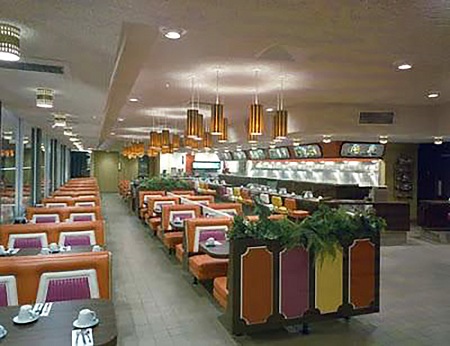

 Photo Gallery6 days ago
Photo Gallery6 days ago
 Headlines2 weeks ago
Headlines2 weeks ago
 Headlines6 days ago
Headlines6 days ago
 Headlines1 week ago
Headlines1 week ago
 Headlines2 weeks ago
Headlines2 weeks ago
 Headlines7 days ago
Headlines7 days ago
 Designer Dozen2 weeks ago
Designer Dozen2 weeks ago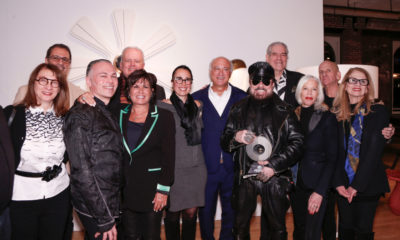
 Special Reports2 weeks ago
Special Reports2 weeks ago

